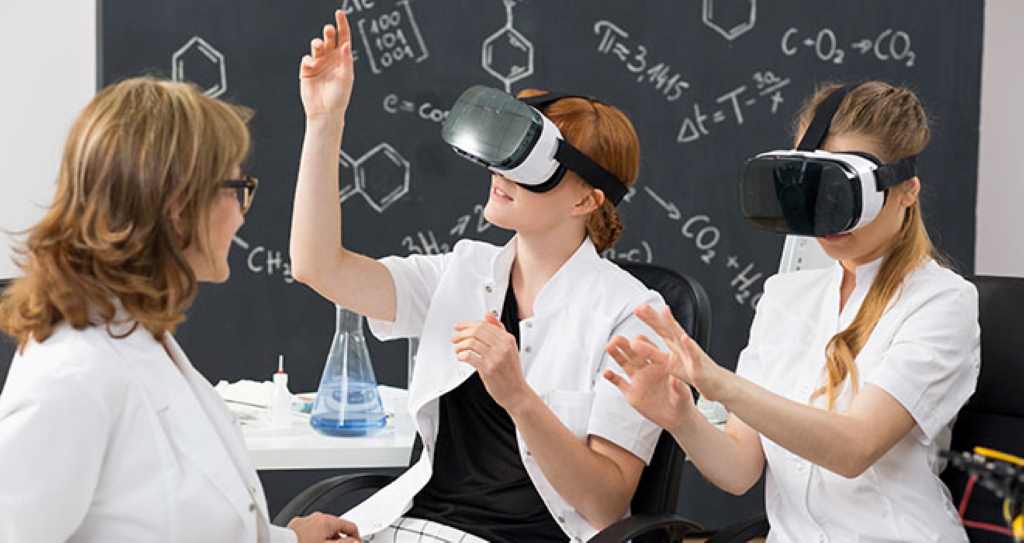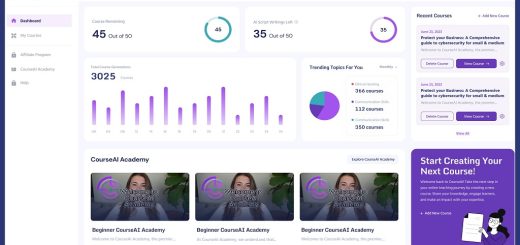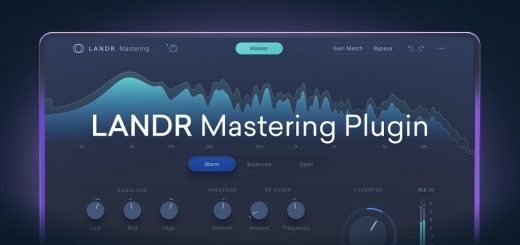Augmented Reality for Students: A New Dimension of Learning
Augmented Reality (AR) is no longer just a futuristic concept. It’s increasingly integrated into classrooms, transforming the learning experience for students of all ages. By overlaying digital information onto the real world, Augmented Reality for students creates an interactive and engaging environment that can enhance understanding, motivation, and collaboration.
What is Augmented Reality (AR)?
AR is a technology that superimposes computer-generated images, sounds, or other sensory input onto a user’s view of the real world, thus augmenting their perception. This can be achieved through smartphones, tablets, AR headsets, or even smart glasses. By integrating AI in the workspace, the potential for AR applications can be significantly enhanced, leading to more efficient and innovative solutions.
Key Benefits of Augmented Reality for Students
Increased Engagement and Motivation
AR brings lessons to life, transforming static textbook content into dynamic, interactive experiences. Imagine studying the solar system by manipulating a 3D model of planets or exploring historical landmarks through virtual tours. This immersive experience can capture students’ attention and spark a passion for learning.
Enhanced Understanding and Retention
AR can help students grasp complex concepts more easily by visualizing them in 3D. For instance, anatomy students can dissect virtual frogs, chemistry students can manipulate molecular structures, and geography students can explore topographical maps in detail. This hands-on approach promotes deeper understanding and better retention of information.
Improved Spatial Skills and Critical Thinking
Many AR applications require students to interact with virtual objects in the real world. This can help develop spatial reasoning and problem-solving skills. For example, an AR app might challenge students to assemble a virtual machine or solve puzzles in their environment.
Personalized Learning
AR can cater to individual learning styles and paces. Students can interact with content at their own speed, revisiting concepts as needed. Some AR platforms even offer adaptive learning, where the content adjusts in real-time based on the student’s performance.
Accessibility and Inclusivity
AR has the potential to make education more accessible for students with disabilities. Visual and auditory aids can enhance learning for those with visual or hearing impairments. AR can also create immersive simulations that provide experiences otherwise inaccessible to some students.
Collaboration and Creativity
AR can foster collaboration by allowing students to work together on virtual projects. They can co-create AR scenes, solve challenges together, or present their findings in interactive formats. This encourages teamwork, communication, and creative expression.
Real-World Applications
AR is not limited to the classroom. Students can use AR apps to explore their surroundings, identify plants and animals, or learn about historical sites. This bridge between the virtual and physical worlds can make learning more relevant and meaningful.
Examples of AR in Education
- Anatomy 4D: This app brings anatomy textbooks to life, allowing students to explore the human body in detail.
- Elements 4D: Chemistry students can use this app to interact with different chemical elements and observe their reactions.
- Google Expeditions: This AR platform takes students on virtual field trips to museums, historical landmarks, and even outer space.
- Quiver: This app turns coloring pages into interactive 3D experiences.
Challenges and Considerations
While AR holds great promise, there are challenges to address:
- Cost: AR devices and software can be expensive.
- Technical Issues: Ensuring reliable technology and internet access can be a hurdle.
- Content Quality: Not all AR educational content is high quality or aligned with curriculum.
The Future of AR in Education
AR is poised to play an even bigger role in education. We can expect to see more sophisticated AR applications, integration with AI, and broader adoption in schools. AR has the potential to revolutionize the way students learn, making it more engaging, personalized, and effective.
Important Note: The effectiveness of Augmented Reality for students depends on thoughtful implementation, high-quality content, and addressing the challenges mentioned above.
If you’re a teacher or parent interested in using AR, it’s crucial to research and select apps and platforms that align with your learning objectives and are appropriate for your students’ age and interests.
I hope this comprehensive article provides valuable insights into the potential of AR for students. Feel free to ask if you have any further questions!














